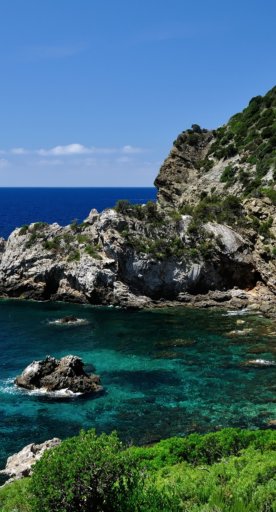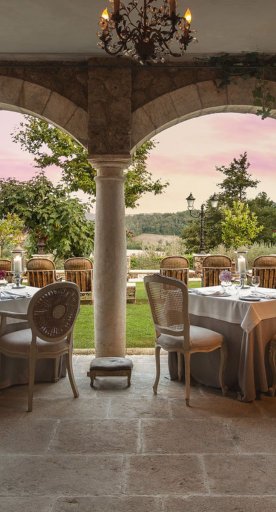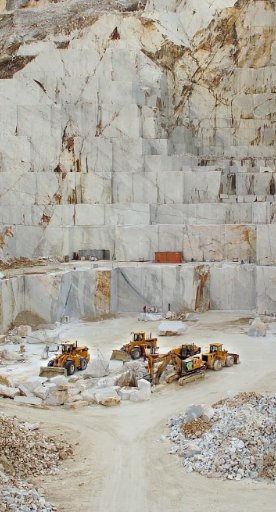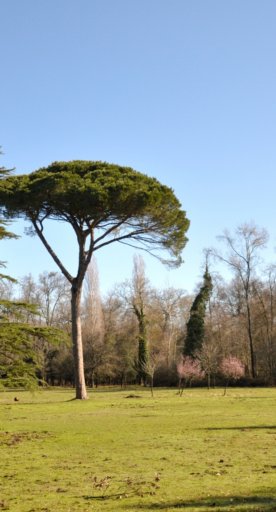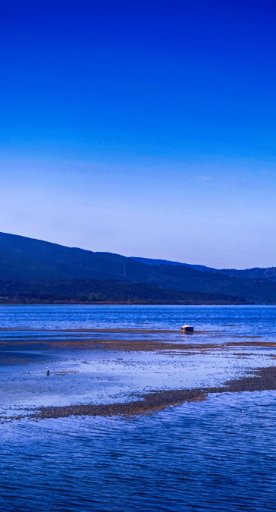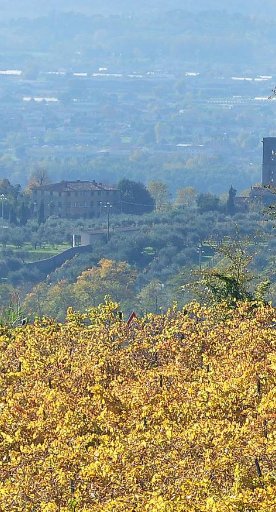

Oases, parks and pinewoods: a trip to Versilia to discover nature
From the Apuan Alps to the Lipu Oasis of Massaciuccoli, here's a green and sporty itinerary
Known worldwide for its golden beaches and nightlife, Versilia offers unexpected views and natural beauty.
Thanks to this unique territory's characteristics - including the sea, but also mountains, villages and lakes - the many parks and protected areas allow visitors to discover an unseen and wild side of this corner of Tuscany.
-
1.Viareggio
-
2.Versiliana Park
-
3.LIPU Oasis of Massaciuccoli
-
4.Lake Porta
-
5.WWF Oasis of the Dunes
-
6.Apuan Alps Regional Park and the Antro del Corchia
-
7.Migliarino, San Rossore and Massaciuccoli Park
-
8.Bussoladomani Urban Park
Viareggio

Viareggio, the most important city in Versilia with the sea on one side and the peaks of the Apuan Alps on the other side is home to two very striking pine forests: the Levante Pinewood and the Ponente Pinewood.
The Levante Pinewood - located in the southern part of Viareggio - is vast and extends as far as Torre del Lago.
The area is divided into two parts, one for social gatherings and the other immersed in the silence of nature.
Starting from Viale dei Tigli, a long cycle path runs alongside the road: kiosks, restaurants, small pubs and meeting points for young people make it one of the most popular places during the summer evenings.
The wildest part is entering the pinewood: here, you can play sports or just walk around and enjoy the beauty of the place.
The Ponente Pinewood is one of the most popular places in the city and is perfect for sports, outdoor walks and relaxing during hot summer days.
Kiosks with tables, restaurants, rides and areas for children and families are just some of the facilities in this park.
There is also a picturesque - and very popular - swan pond inside.
Versiliana Park

Versiliana Park is located between Pietrasanta and Forte dei Marmi: it includes eighty hectares of centuries-old forest, which is still intact today and is Versilia's green lung.
The park also comprises the villa of the same name, which was built in 1886.
The entire park is crisscrossed by avenues that lead to different areas, each characterized by a different type of tree. The most present are the Holm oaks, domestic and maritime pines, but also frangulas, English oaks, elms, alders, maples, poplars, ashes and hornbeams.
Thanks to the many bicycle and pedestrian paths, the park is an ideal place for walking or playing sports.
LIPU Oasis of Massaciuccoli

The Lipu Oasis of Lake Massaciuccoli is a 47-hectare protected area created to safeguard the rare species that live in this environment: a timeless, enchanted place where you can walk on wooden stilts, listen to the sounds of the lake and watch birds. The birdwatching observatory has been renovated and is fully accessible to people with reduced mobility.
Little bitterns, diving ducks, grebes, cormorants, coots and herons are just some of the animals that can be spotted in the oasis, not to mention the marsh harrier.
There is also a small, family-friendly Marsh Museum.
Lake Porta

Once connected to Lake Massaciuccoli, Lake Porta is located in Montignoso and is a protected natural area between the Apuan Alps and the Versilia coast.
The lake is fed by springs that rise at the foot of the Porta cliffs: the water from the spring, located near the Torretta Medicea, has a constant temperature of about 17° C. The wetland area is almost entirely covered with marsh reeds; this exceptional environment is home to the bitterns, a very rare heron, and the Lycaena dispars, an endangered butterfly.
WWF Oasis of the Dunes

The WWF Oasis of the Dunes is located in Forte dei Marmi and it is characterized by the typical landscape of Versilia before the development of tourism and beaches.
It covers an area of 3 hectares and also houses a small botanical garden created in the 1970s by the University of Bologna to study the effects of pollution on coastal vegetation.
Beach chamomile, sea lilies, holm oaks and cistus can be found there.
Black bunting and Sardinian warblers can be seen among the vegetation, especially in winter. Several seabirds live near the shore: great crested grebes, coral gulls and sandwich terns.
Apuan Alps Regional Park and the Antro del Corchia

Apuan Alps Regional Park is home to majestic peaks offering incredible sea views, green valleys, spectacular caves and lakes.
Just a few kilometers from the coast of Versilia, the mountains are almost two thousand meters high and are a true spectacle of nature.
The Park Authority, part of the UNESCO Geoparks Global Network, has been protecting the Apuan Alps since 1985.
These rocks' geographical position and the diversity of their nature determine the presence of environments with a high biodiversity of flora and fauna.
The Apuan Alps also protect a unique subsoil with more than 1,300 caves counted so far, formed over hundreds of thousands of years by the constant action of water on the rocks.
One of the most spectacular is the Antro del Corchia, an underground karst complex with more than 50 kilometers of shafts and tunnels: it is the largest found in Italy and is accessible by footbridges.
The cave has a constant temperature of about 7.6 degrees all year round. The caves are located in the village of Stazzema.
Migliarino, San Rossore and Massaciuccoli Park
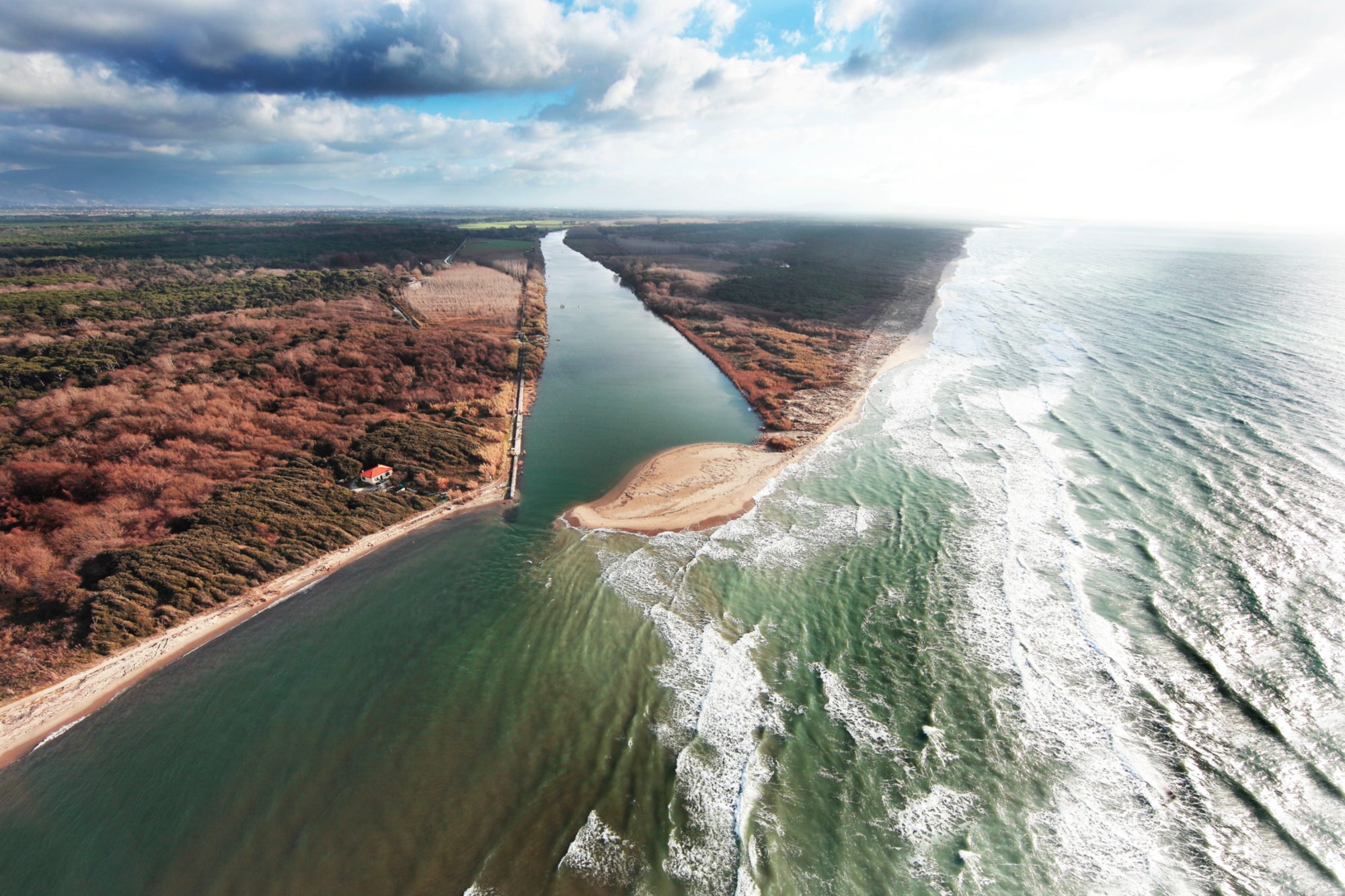
The Natural Park of Migliarino, San Rossore and Massaciuccoli is a collection of diverse environments that have remained almost intact over time: dunes, luxuriant woods, fragrant pinewoods and Mediterranean scrub.
The protected area covers a wide coastal strip between Pisa and Livorno: three thousand hectares of marshes and wetlands or woods where poplars, holm oaks and pines grow.
Many marsh birds, such as waders and herons, live here, as do deer and wild boars.
The park's flora includes rarities, such as sundews (a small carnivorous plant), marsh orchids, while beautiful sand cornflowers grow on the dunes.
The San Rossore Estate is the heart of the park and the largest pine forest in Europe.
Bussoladomani Urban Park
The park is a green area of about 7 hectares, named after the historic Bussola Domani. This space had its heyday in the 1970s and hosted many national and international artists. In addition to an arena, used in the summer for cultural events, the park is enriched by paths for sports and is immersed in the typical landscape of the Mediterranean scrub.




